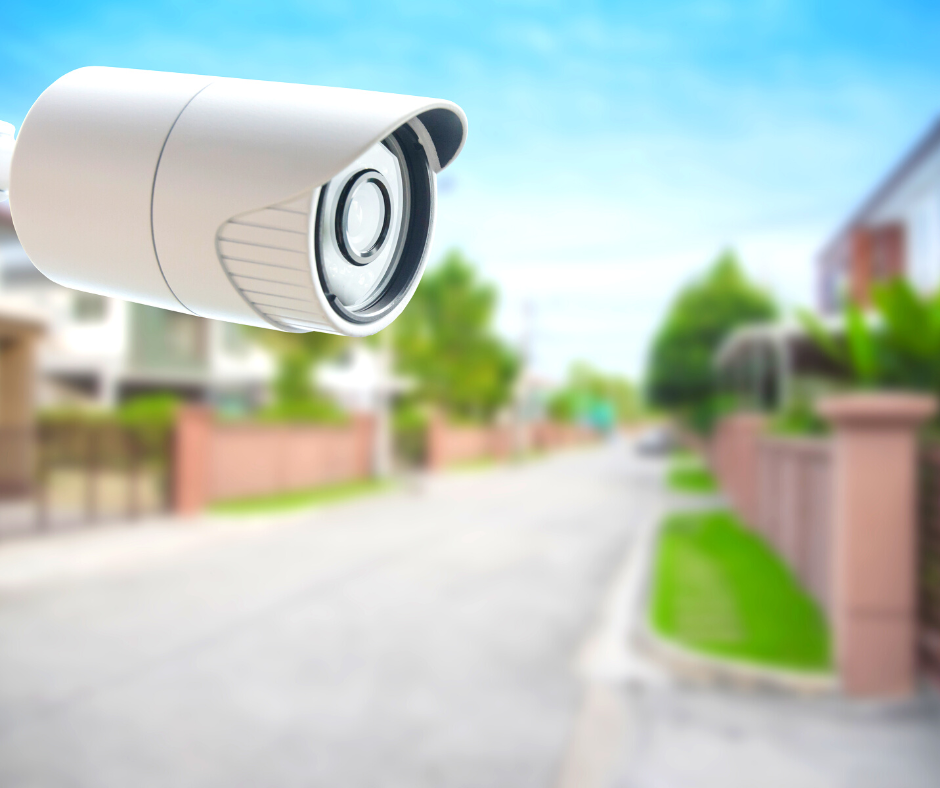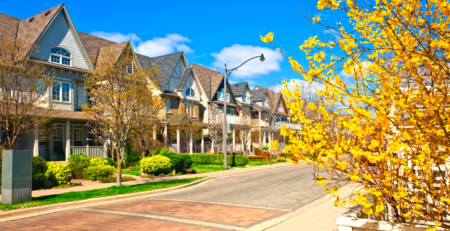Ensuring compliance of your scheme’s video surveillance to the POPI Act and privacy laws
Security is one of the biggest concerns of owners and tenants living in or looking to buy into a sectional title scheme. With this concern in mind, more and more schemes are looking to install video surveillance systems, not just at access points but also on the common property. The intrusive nature of surveillance systems dictates that they be authorised and operated under the Sectional Titles Schemes Management Act of 2011 (“STSMA”) as well as the Management and Conduct Rules, which deal with the scheme management, administration and the behaviour and/or conduct amongst owners, tenants and/or residents in the scheme. Furthermore, the installation must comply with the Protection of Personal Information Act of 2013 (“POPI Act”) and privacy laws.
POPI ACT
The POPI Act ensures that all South African institutions, including sectional title schemes, responsibly conduct themselves when collecting, processing, storing and sharing another entity’s personal information. The act holds schemes accountable should they abuse or compromise the personal information in their possession in any way. By the 1st of July 2021, every scheme should have had a privacy policy and Promotion of Access to Information Act (PAIA) manual in which they can record and maintain a record of their processing operations. Personal information may not be limited to a body corporate’s written records, it can also extend to video records of people (both residing in and visiting) in and about the scheme, for example, their race, gender and/or location information. This means that trustees have a legal obligation to protect owners, tenants, residents, visitors and employees’ personal information that is captured on video. In essence, video surveillance or the collection of personal information through video surveillance in a scheme is not in direct violation of the POPI Act, but trustees are responsible for how it is processed and for ensuring that it is protected.
PRIVACY
Security cameras installed on the scheme’s common property may potentially infringe on an owner, visitor and tenant’s right to privacy. Video surveillance cameras must be positioned to capture breaches of security and breaches of the body corporate rules (Management and Conduct Rules). Surveillance of access points and parking areas will normally be justifiable, but before a camera is placed in other areas the trustees must be reasonably sure that people using that area have no reasonable expectation of privacy.
According to Paddocks, when a surveillance system is installed, the body corporate should develop a comprehensive written privacy policy, preferably in terms of an amendment to prescribed management rule (“PMR”) 27 of the STSMA Regulations, which already includes a provision giving members and bondholders access to other non-financial body corporate records.
The policy should:
- confirm the purposes of the surveillance, e.g. for security reasons and/or rule enforcement;
- identify the persons who are automatically authorised to view the surveillance footage, and in what circumstances, e.g. trustees and managing agency portfolio manager when there is reliable evidence that there has been an apparent security breach or rule infraction in the area;
- state the number and location of video cameras;
- state the operation times of the video surveillance system;
- state the length of time video footage is retained and how it is securely stored;
- include the procedures for owners and bondholders to request access to the videotapes and the period in which the requests will be considered and answered;
- detail the costs associated with any owner and bondholder access, and how they must be paid;
- detail the signage and other procedures for notifying owners, tenants, guests and visitors that the video surveillance system is in existence and its usual hours of operation; and
- state how owners and tenants will be notified when the video system is not operating for an extended period.
Reasonable camera placement
The rule of thumb with regards to the placement of CCTV is a reasonable expectation. Cameras should not be positioned to ‘spy on’ residents or their guests but placed for legitimate, reasonable, purposes only. If an owner or occupier in a scheme can validate that a body corporate’s decision to install a camera in a certain position or place is unreasonable, they may be able to dispute it. When positioning CCTV cameras for surveillance purposes, cameras should be installed to maximise security.
- Covering of the main entrances and exits to the area;
- Cover/facing any special ‘target’ areas (e.g., walls that are often vandalised, or rooms containing valuables); and
- Placed in a way that creates an opportunity to identify any offenders
Your managing agent and/or trustees will also have to follow the procedures as prescribed in the STSMA and its Regulations to inform the unit owners of the proposed surveillance solution. Directors or trustees from homeowners’ associations can also follow these guidelines as long as it is applied in accordance with their respective governing documentation.
Our CCTV Surveillance and Security Solution is pioneering the way forward in community scheme monitoring. This system is controlled by professional industry accredited personnel and provides immediate reaction to alarm incidents through public or directed IP communication, by alerting armed response emergency services and even the SAPS where applicable. Our staff have the experience and expertise necessary to scope, design, install, manage and monitor your CCTV, alarm, and access control.
We have a solution fit for your community scheme’s security needs!





